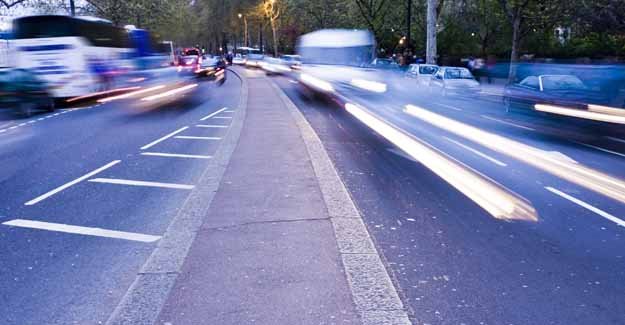Review calls for cut in drink-drive limit
A government-commissioned review of the drink-driving law has concluded that the blood-alcohol limit should be reduced.
Sir Peter North says more than 150 lives a year could be saved by cutting the current limit of 80mg of alcohol per 100ml of blood to 50mg. This would bring the UK in line with the majority of Europe.
In the first major review of the law since 1976, Sir Peter also recommended a new offence of driving with an illegal substance in the bloodstream at levels deemed impairing.
He said:
“Research conclusively shows the much higher risk posed by drink driving. With a blood alcohol level between my proposed new limit of 50mg/100ml and the current 80mg/100ml limit, a driver has a 6 times greater risk of road death than a non-drinking driver. Having considered the issues carefully and considered views from all quarters, I not only believe that it is right to reduce the limit, but that the public is ready for a lower limit. It is time to give them what they want.
”Surveys also tell us that the public is in favour of lengthy bans for drink drivers and witnesses have told me that the current ban is the major deterrent to drink driving. I am therefore clear that the 12-month ban needs to be maintained at a 50 mg/100ml limit.”
Commenting on the proposals, Professor Stephen Glaister, director of the RAC Foundation, said:
“If those drivers determined to drink excessively feel they can beat the system then they will. Whatever the drink-drive limit is, it must be enforced as lessons learnt from the past demonstrate. For example, figures show the number of people using mobile phones at the wheel is actually higher now than when tougher regulation was first introduced. If ministers expect motorists to take new laws seriously then so must police forces in the way they implement them.”
“There is a case for saying that driving while under the influence of illegal drugs should be an absolute offence and prosecution not linked to impairment. In practice this might not be possible because of problems with detection and the presence of things like opiates in prescription drugs. More importantly the message needs to sent that drug-driving is as socially unacceptable as drink-driving. Tougher regulation will help underline this.”


